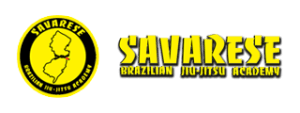Patience is a virtue in BJJ
Patience is a virtue in BJJ
Patience is a virtue in BJJ. As is the virtue of slowness. Working out new ideas and integrating new skills into your set is a creative process. It has to be open-ended, relaxed and loose enough so you can cultivate a new set of habits…and not be afraid of “positive dissatisfaction†with your results. Over time, you’ll tighten everything up, but at the outset, you have to be flexible enough to make a few mistakes in order to see what you’re missing. Starting with a feeling of tightness, pressure or competition can be stifling, blocking the flow of ideas and associations you need in order to fully integrate something new into what you know already. Whether you are a fast learner or a slow one, there’s an almost universal experience of impatience in the learning process. Armlocks, leglocks, sweeps, takedowns, no matter the topic, you’ll want to get to the end so you can see the finished result. If you can learn instead to become patient with the process, enjoying the effort you have to exert in research and discovery, you’ll find a kind of organic growth that stays with you over the long-term. Looking back, the extra time you put in won’t seem exhausting and laborious. Instead it’ll be invaluable, an essential and organic part of your development in Jiu-Jitsu.
